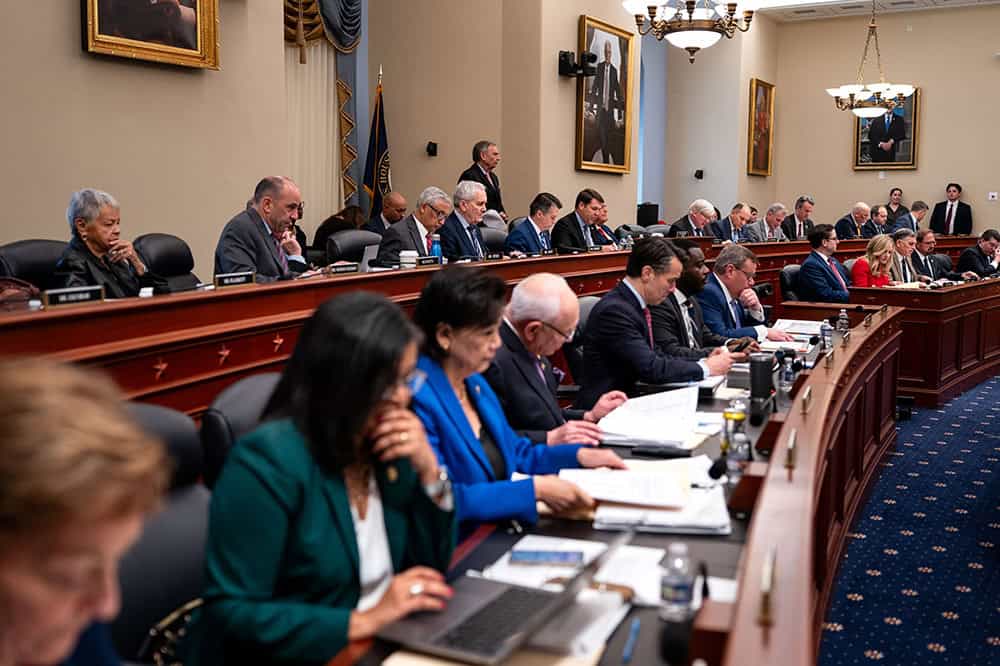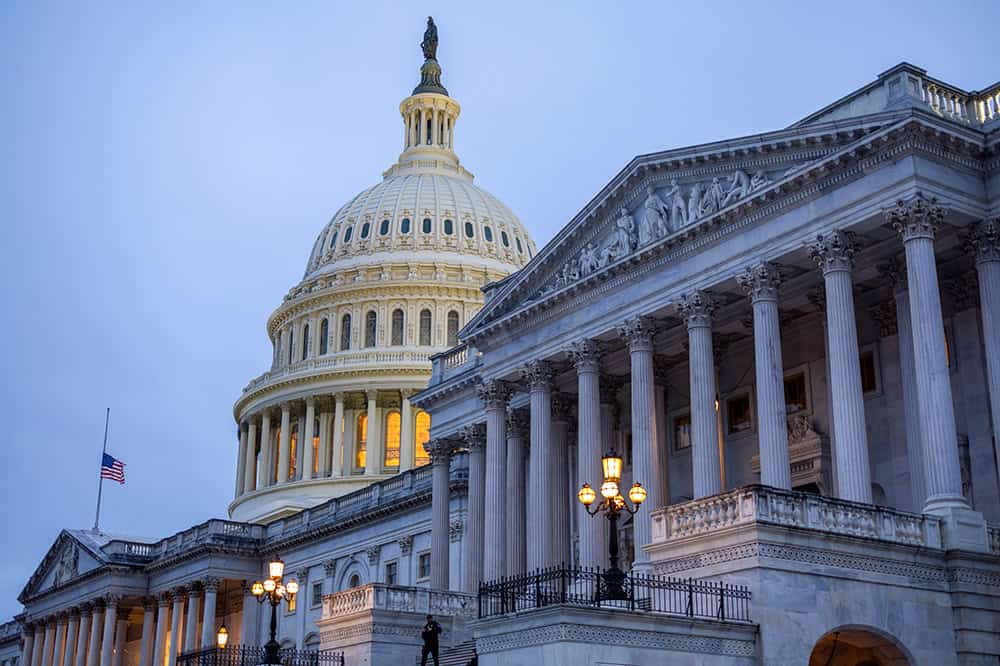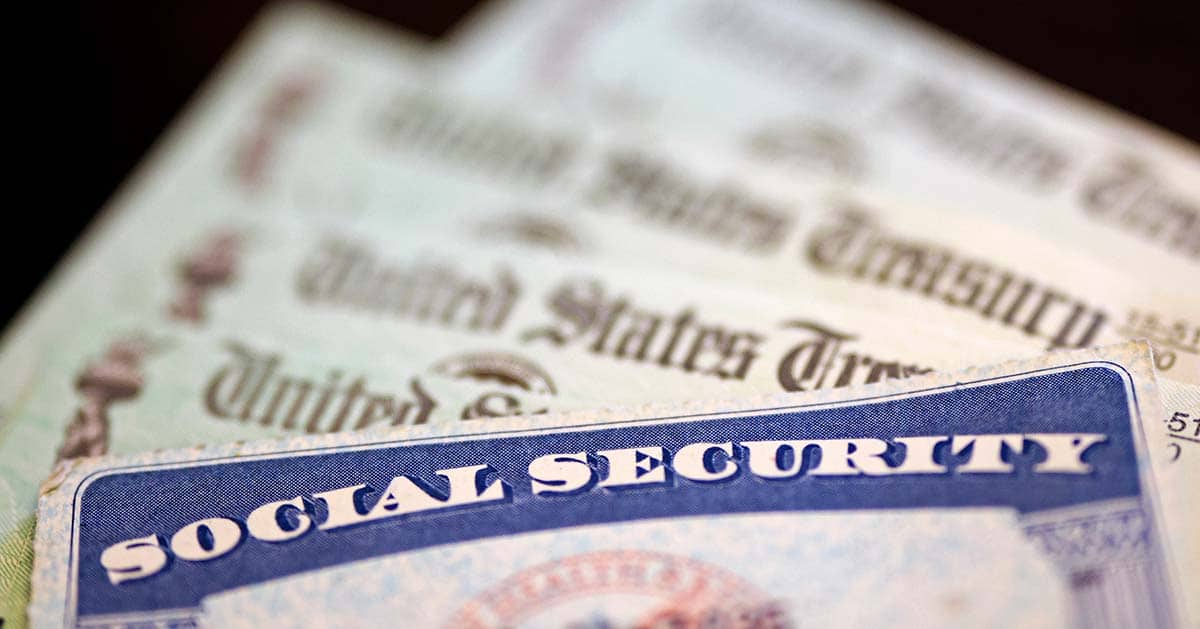The federal government enacted six pieces of legislation in response to the coronavirus (COVID-19) pandemic, authorizing an estimated total of $5.7 trillion for new and existing programs according to the Committee for a Responsible Federal Budget (CRFB). As of November 2021, about $4.9 trillion, or 85 percent of the authorized amount, has been committed or disbursed. Some of the $850 billion in remaining funds, such as the increased federal support for state Medicaid programs, are expected to be spent over the following years. Other funding may not be used because of lower-than-expected demand — for example, certain loans for small businesses. Below is a breakdown of the estimated remaining funds for COVID-19 relief programs.
Health-Related Spending ($221 Billion Left)
The federal government has provided a total of $582 billion of funding for various public health measures during the pandemic. About $178 billion of that has been allocated to the Provider Relief Fund, which provides financial support to healthcare providers. As of November 10, the Department of Health and Human Services (HHS), which administers the program, had committed $158 billion of that funding; the other $20 billion is yet to be committed.
In addition, CRFB estimates that the HHS will spend roughly $340 billion for other health-related activities, including support to state and local public health departments, the purchase and development of COVID-19 testing and vaccines, and other COVID-related countermeasure efforts. About $184 billion of that funding has been committed so far; much of the remaining funds are meant for activities related to vaccine development and distribution as well as COVID testing. While HHS is required to submit spending plans for their COVID-19 relief funds to Congress, a report by the Government Accountability Office (GAO) found that their plans generally did not include time frames for obligating the remaining funds — meaning it is not yet clear when these funds will be obligated or expended. Other federal agencies and programs also received funding for health-related spending and have committed $19 billion out of the $61 billion of total expected outlays.
Support to State and Local Governments ($186 Billion Left)
The federal government provided $512 billion in direct aid to state, local, tribal, and territorial governments to cover expenditures incurred and revenues lost due to the COVID-19 pandemic. While the Coronavirus Relief Fund, created by the CARES Act, has fully disbursed its $150 billion allocation, the Coronavirus State and Local Fiscal Recovery Funds, which were subsequently created by the American Rescue Plan and will be available until 2024, have disbursed about $247 billion of the $362 billion available funding. In addition, Congress authorized an increase in Medicaid’s Federal Medical Assistance Percentage (FMAP), the proportion of spending for the program covered by the federal government, for the duration of the public health emergency and as long as states offer “continuous coverage” for those enrolled in Medicaid. The American Rescue Plan also provides a temporary 5-percentage-point increase for states that newly expand the program. CRFB estimates that about $110 billion of the estimated total cost of $181 billion for the increase in Medicaid matching funds (provided through HHS) has been committed.
Tax Measures ($120 Billion Left)
The government has authorized various tax breaks that CRFB projects will cost $572 billion, of which $452 billion has been committed or disbursed so far. A large portion of the total can be attributed to the expanded Child Tax Credit (CTC) and Earned Income Tax Credit (EITC), which will last 2021; so far, the CTC has paid out approximately $77 billion of $113 billion and EITC $546 million of $26 billion in anticipated total spending. In addition, the Employee Retention Credit committed about $26 billion as of November 2021, smaller than the initial estimated outlay of $38 billion. While the tax credit was originally planned to last through the end of this year, the Infrastructure Investment and Jobs Act, which was passed in November 15, 2021, terminated the program early. Even before its termination, the tax credit had been used less than originally anticipated and was expected to cost less than previously estimated.
Stimulus Checks ($53 Billion Left)
The Internal Revenue Service (IRS) was tasked with issuing three rounds of economic impact payments (also referred to as stimulus checks) to help Americans mitigate the economic impact of the pandemic. As of June, the IRS has sent $813 billion — which reflects 94 percent of the estimated program cost of $866 billion. According to a report by GAO, the delay in disbursement of the remaining funds is partially due to challenges in reaching communities that do not file taxes and are not familiar with the IRS, such as lower-income families or those experiencing homelessness. The program may not spend as much as originally estimated, even after completing the remaining disbursement.
Support for Small Businesses ($48 Billion Left)
A total of $1.36 trillion of COVID-19 relief funds have been allocated to various programs that provide support to small businesses. Of that, about $1.31 trillion have been committed or disbursed. Much of the unspent funding is in the Economic Injury Disaster Loans (EIDL) program, which provides low-interest loans to qualifying businesses affected by the pandemic. As of November 4, the Small Business Administration has disbursed $293 billion for EIDLs, which is about 95 percent of the estimated $310 billion in loans that CRFB estimates the program can support. The Infrastructure Investment and Jobs Act rescinded $14 billion of unobligated subsidies for EIDL, which reduced the amount authorized under that program by $165 billion. A number of other loan and grant programs, such as the Shuttered Venues Operators Grant and the State Small Business Credit Initiative, also account for some of the unspent funds. The Paycheck Protection Program, the largest COVID-related program targeting small businesses, expired in May and therefore does not contribute to the estimate of remaining funds.
Unemployment Benefits ($18 Billion Left)
In response to the pandemic, the government expanded unemployment benefits through various programs, which gave states the option to offer benefits to those who previously were not eligible, extend insurance payments beyond the regular 26 weeks, and increase the weekly benefit amount. The enhanced benefits ended on September 7, 2021, though many states stopped providing them earlier. While the programs were originally expected to cost $687 billion, $669 billion had been committed as of early November. As those programs have expired, very little will likely be expended going forward.
Education Funding ($11 Billion Left)
The federal government appropriated $276 billion to the Education Stabilization Fund to provide support to states, schools, and institutes of higher education during the COVID-19 pandemic. The fund primarily consists of the Governor’s Emergency Education Relief Fund, which provides emergency block grants to governors to help them meet the current needs of students and schools in their state; the Elementary and Secondary School Emergency Relief Fund, which provides relief funds to state educational agencies to assist local elementary and secondary schools; and the Higher Education Emergency Relief Fund, which provides emergency relief to institutions and students in higher education. In total, those three programs have obligated $270 billion as of September 15, 2021. The latest infrastructure package rescinded about $350 million from the Higher Education Emergency Relief Fund authorized under the CARES Act and the Consolidated Appropriations Act. Most of the remaining funds are appropriations from the American Rescue Plan and will be available until September 2023. A number of other education-related provisions account for about $5 billion of unspent funds.
Other Programs ($193 Billion Left)
Several other programs, including the Disaster Relief Fund, additional funding for the Supplemental Nutrition Assistance Program, and the rental and homeowners’ assistance programs have disbursed varying levels of their total authorized funds. CRFB estimates those programs have about $193 billion of unspent funds.
Image Credit: Getty Images
Further Reading
Full Array of Republican Tax Cuts Could Add $9 Trillion to the National Debt
Fully extending the TCJA would cost approximately $5.0 trillion, while other elements of the Republican tax agenda also have large price tags over ten years.
Why Do Budget Baselines Matter?
Applying the current-policy baseline would not only be fiscally irresponsible in terms of this year’s tax debate, but it would set a dangerous precedent for the future.
Social Security Reform: Options to Raise Revenues
Here are the pros and cons for three approaches to increasing funds dedicated to Social Security.


